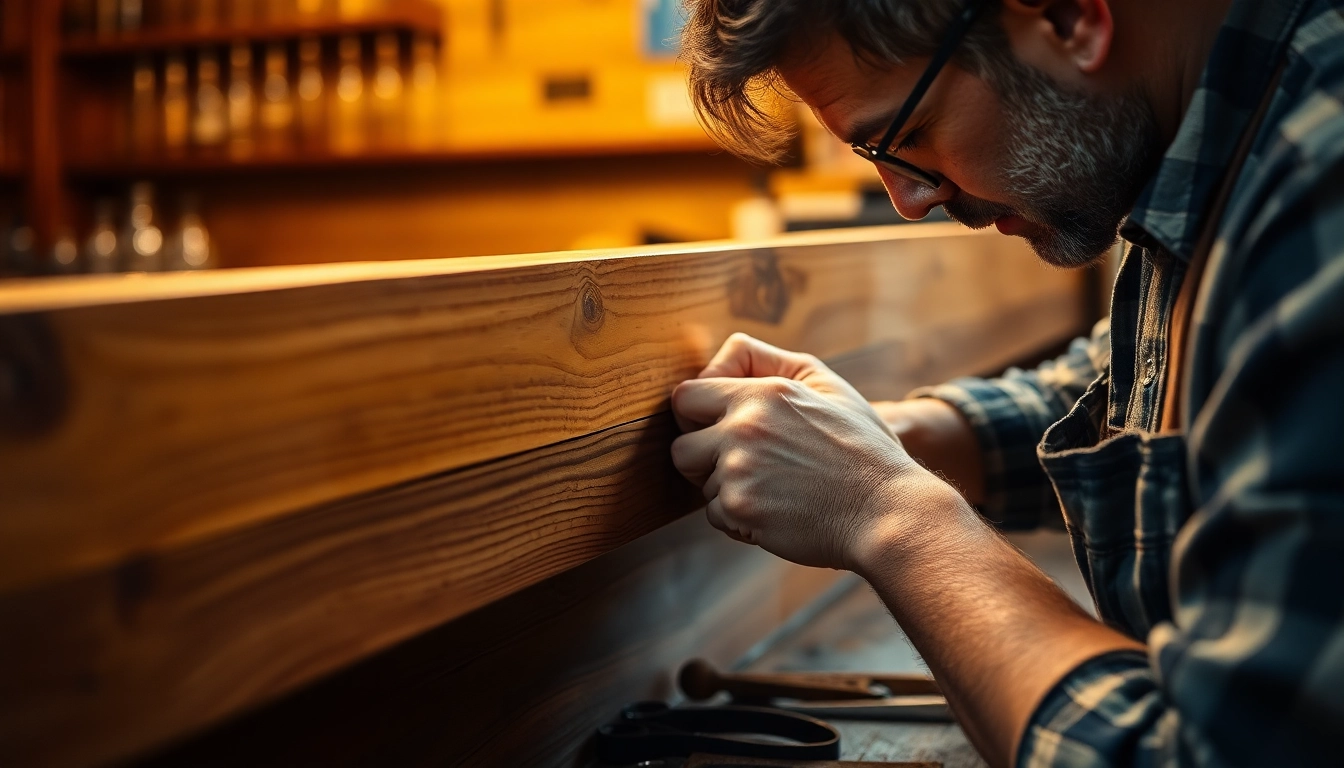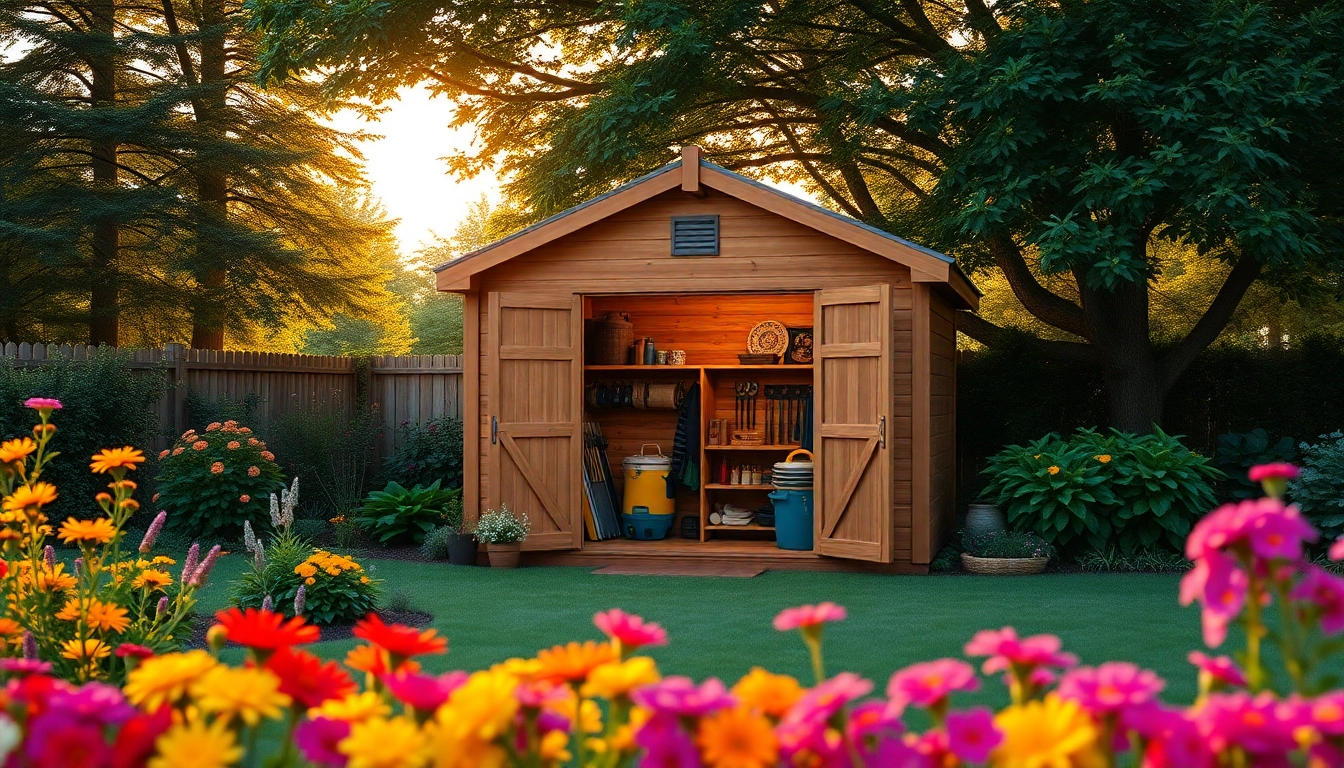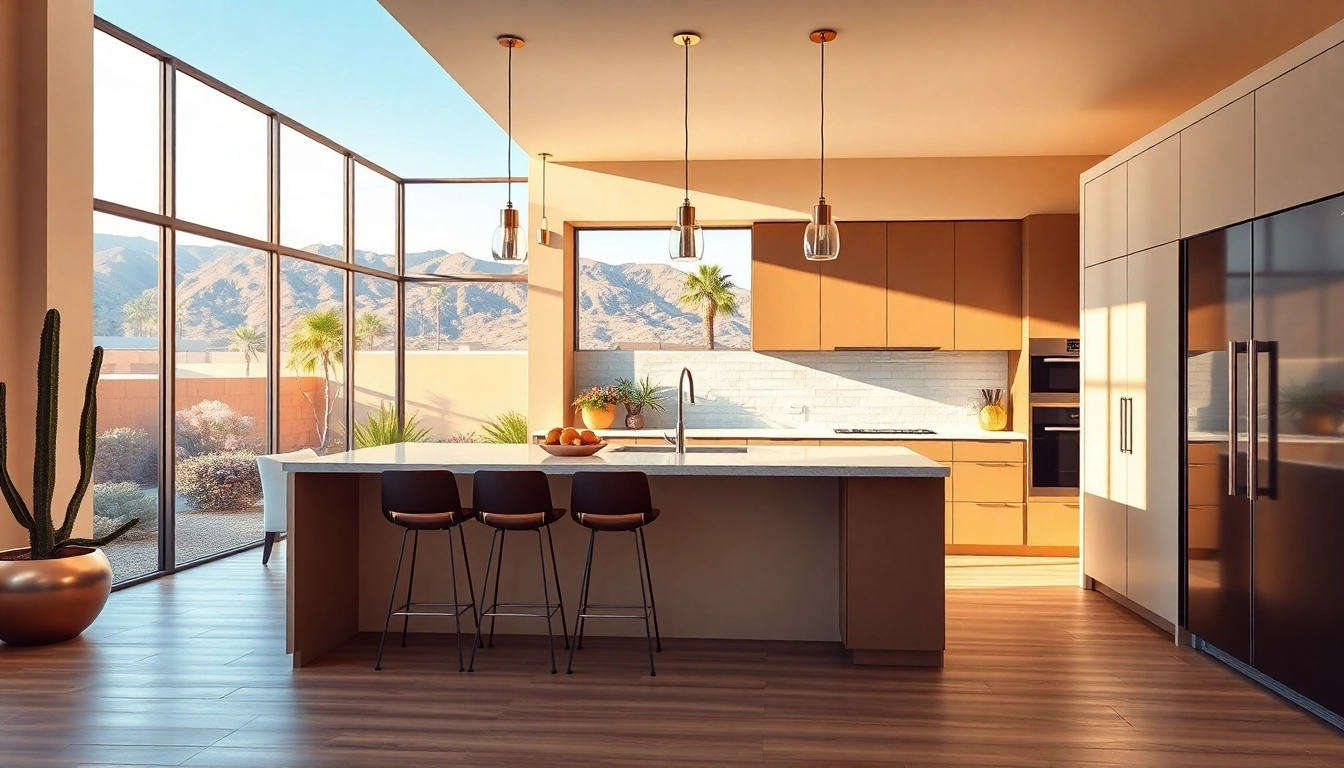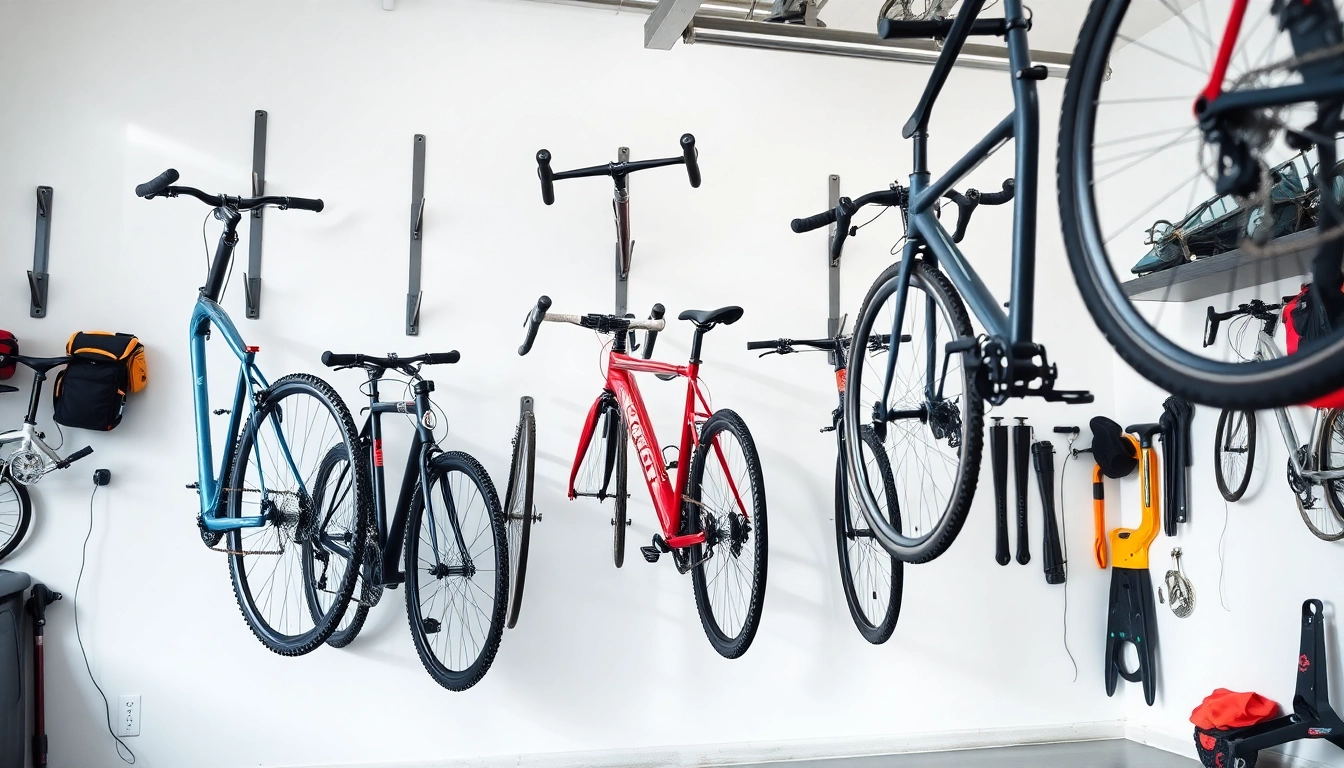Understanding Back Bar Repair
What is Back Bar Repair?
Back bar repair refers to the restoration and maintenance of the backs of bars, which can include everything from wooden bars to high-end cocktail setups. Damage to back bars can be caused by everyday wear and tear, spills, or even furniture moving during cleaning. Repairing these areas not only prolongs the life of your bar furniture but also enhances the overall aesthetics of your establishment. A well-maintained back bar is crucial in any bar or restaurant setting, where it acts not just as a functional area but also as a focal point that draws guests in.
Common Issues with Back Bars
Common issues facing back bars include:
- Scratches and dents: Frequent use can lead to unsightly marks, which are both aesthetic and structural concerns.
- Loose or broken joints: Over time, the pressure from normal use can cause joints to loosen or break, compromising the bar’s integrity.
- Water damage: Spills can seep into joints, leading to swelling or warping, especially in wooden bars.
- Upholstery wear: If your back bar includes cushioned elements, frequent use can lead to frayed or torn fabric.
Why Repair Over Replacement?
Choosing to repair your back bar instead of replacing it can have numerous benefits:
- Cost-effectiveness: Repairs are typically less expensive than replacement, especially when you factor in the costs of new materials and labor.
- Environmental consideration: By opting for repair, you are contributing to waste reduction and sustainability.
- Preservation of character: A repaired back bar retains its character and story, adding value and uniqueness to your establishment.
Essential Tools and Materials
Basic Tools for Back Bar Repair
Before you begin repairing your back bar, having the right tools is essential. Here are some basic tools you’ll need for an effective restoration:
- Screwdrivers: Necessary for tightening or replacing screws in loose joints.
- Wood glue: A strong adhesive crucial for fixing wooden components.
- Clamps: Helpful for holding pieces in place while the glue dries.
- Sanding block: For smoothing down any rough areas after repair.
- Paint or varnish: To enhance the look of the repaired areas.
Recommended Adhesives and Fillers
Selecting the right adhesives and fillers can significantly impact the durability of your repairs. Look for quality products such as:
- PVA glue: Excellent for general wood repairs.
- Epoxy resin: Ideal for more complex repairs that require a stronger bond.
- Wood fillers: Perfect for filling in holes or imperfections before finishing.
Choosing Quality Replacement Parts
If your repair requires replacement parts, it’s essential to select high-quality materials to ensure longevity. Whenever possible, look for components that match the original design and material to maintain the integrity of the back bar.
Step-by-Step Guide to Back Bar Repair
Prepping Your Workspace
Before initiating repairs, set up a clean workspace to ensure efficiency:
- Clear the area of any clutter or obstacles.
- Gather all necessary tools and materials beforehand.
- Ensure proper lighting to see all details.
Assessing and Repairing Structural Issues
Evaluate the extent of the damage before starting repairs:
- Inspect joints: Look for loosening or damaged areas and determine if they can be re-glued or need replacement.
- Check for warping: Solutions for warped wood include careful sanding or replacing the piece entirely, depending on severity.
- Address upholstery issues: For damaged upholstery, consider reupholstering as opposed to replacement.
For detailed repairs, follow these steps:
- Stop any movement in the structure by tightening joints using screws or brackets.
- Apply wood glue liberally to loose areas and clamp tightly.
- Fill in any cracks with wood filler, smooth once dried, and then sand to perfection.
Finishing Touches for a Professional Look
After repairing structural issues, focus on aesthetics:
- Apply a fresh coat of varnish or paint, allowing for sufficient drying time.
- Reattach any missing or damaged upholstery, ensuring a neat finish.
- Consider decorative elements like trims or corner braces to enhance the look.
Tips for Maintaining Your Back Bar
Preventive Measures Against Damage
To keep your back bar in top condition and avoid future repairs, consider these preventive measures:
- Regular cleaning: Use appropriate cleaning supplies to maintain the finish without damaging the material.
- Avoid excessive moisture: Use coasters and mats to reduce the risk of water damage.
- Routine inspections: Conduct bi-annual checks to spot potential problems early.
Regular Maintenance Routines
Incorporate these routines into your schedule:
- Reapply varnish or a protective coat every couple of years.
- Inspect screws and fasteners to ensure everything remains secure.
- Address minor damages immediately to prevent larger repairs later.
Enhancing Aesthetic Appeal After Repair
Once repairs are complete, consider ways to boost the overall appeal of your back bar:
- Incorporate LED lighting to highlight the back bar and any special features.
- Add stylish accessories such as plants, art, or glassware.
- Ensure that the design scheme complements the surrounding decor.
When to Seek Professional Help
Identifying Complex Repair Needs
Sometimes, the damage may be extensive enough to necessitate professional assistance. Look for signs like:
- Major structural damages requiring extensive replacement.
- Multiple issues that could be resolved more efficiently by experts.
- Inability to perform repairs without specialized tools and skills.
Finding the Right Repair Service
When seeking professional help, consider the following tips:
- Research local services and read reviews to ensure quality.
- Ask about their experience specifically with bar furniture repairs.
- Request quotes and timeframes before committing to a service.
Cost Considerations for Professional Repair
The cost for professional repairs can vary widely based on severity, materials used, and labor costs. It’s advisable to budget for:
- Basic repairs, which may range from $100 – $500.
- Extensive work that could run into the thousands.
- Potential costs for restoration of joins or sections of your back bar.
These considerations are pivotal for ensuring that your back bar remains a centerpiece of your establishment, standing the test of time in both functionality and visual appeal. If you need assistance with your back bar repair, connecting with professionals who specialize in bar furniture may yield the best results.



